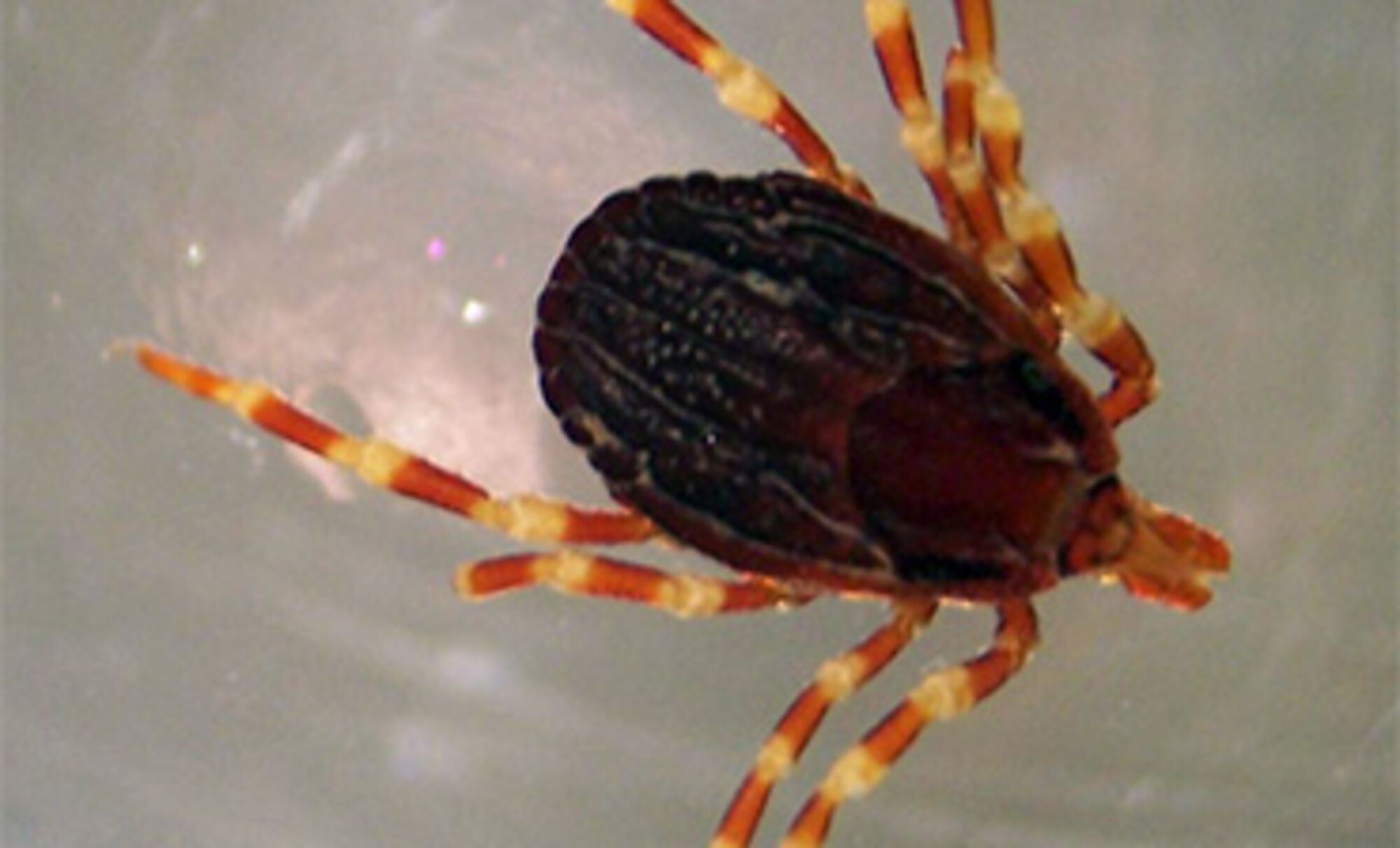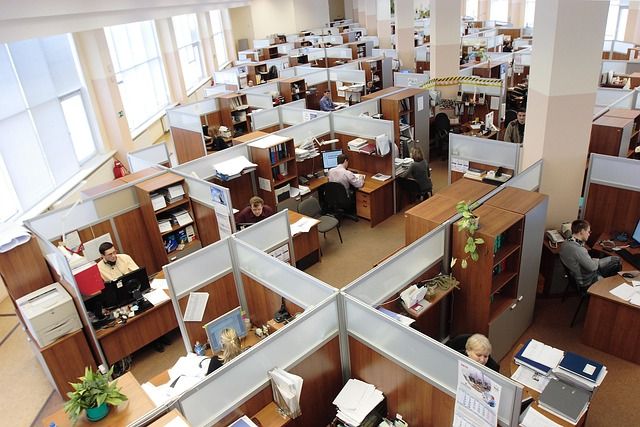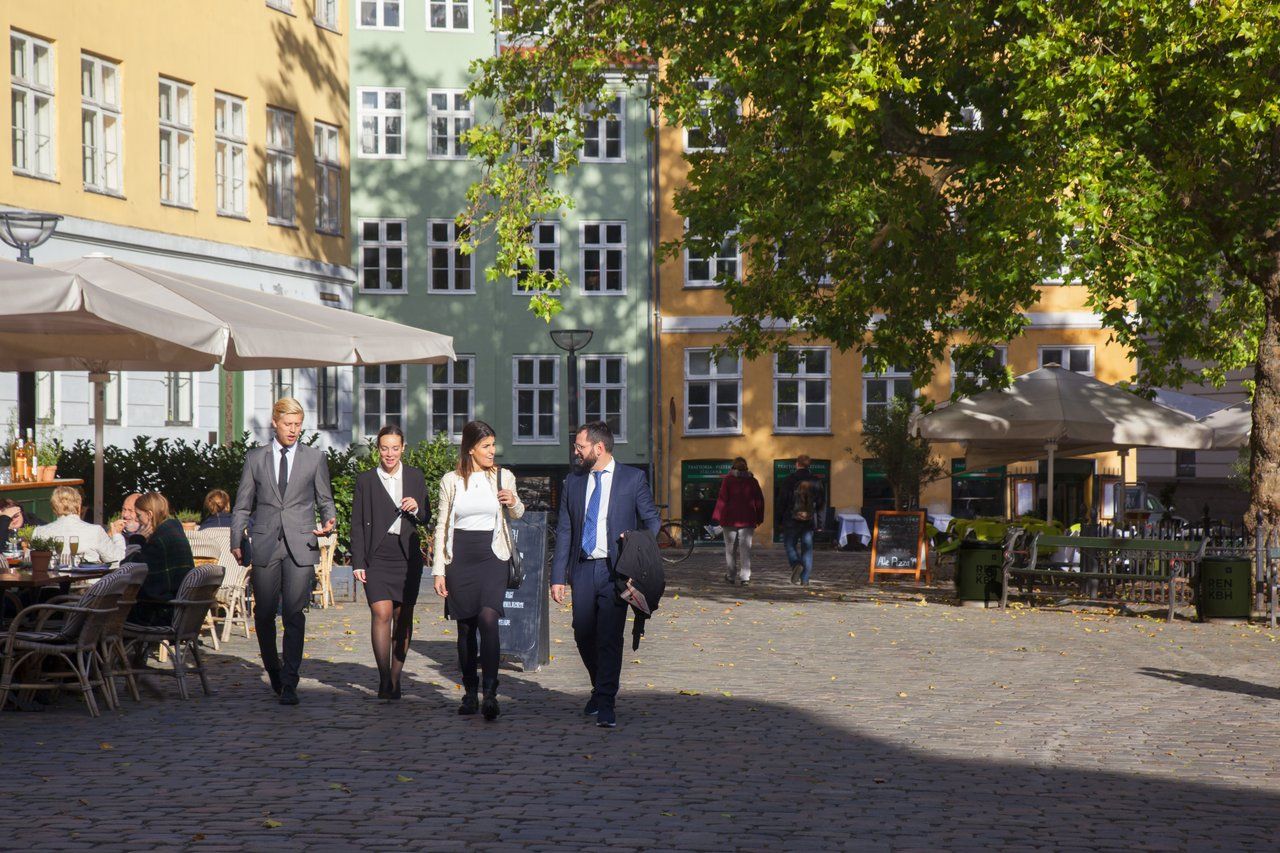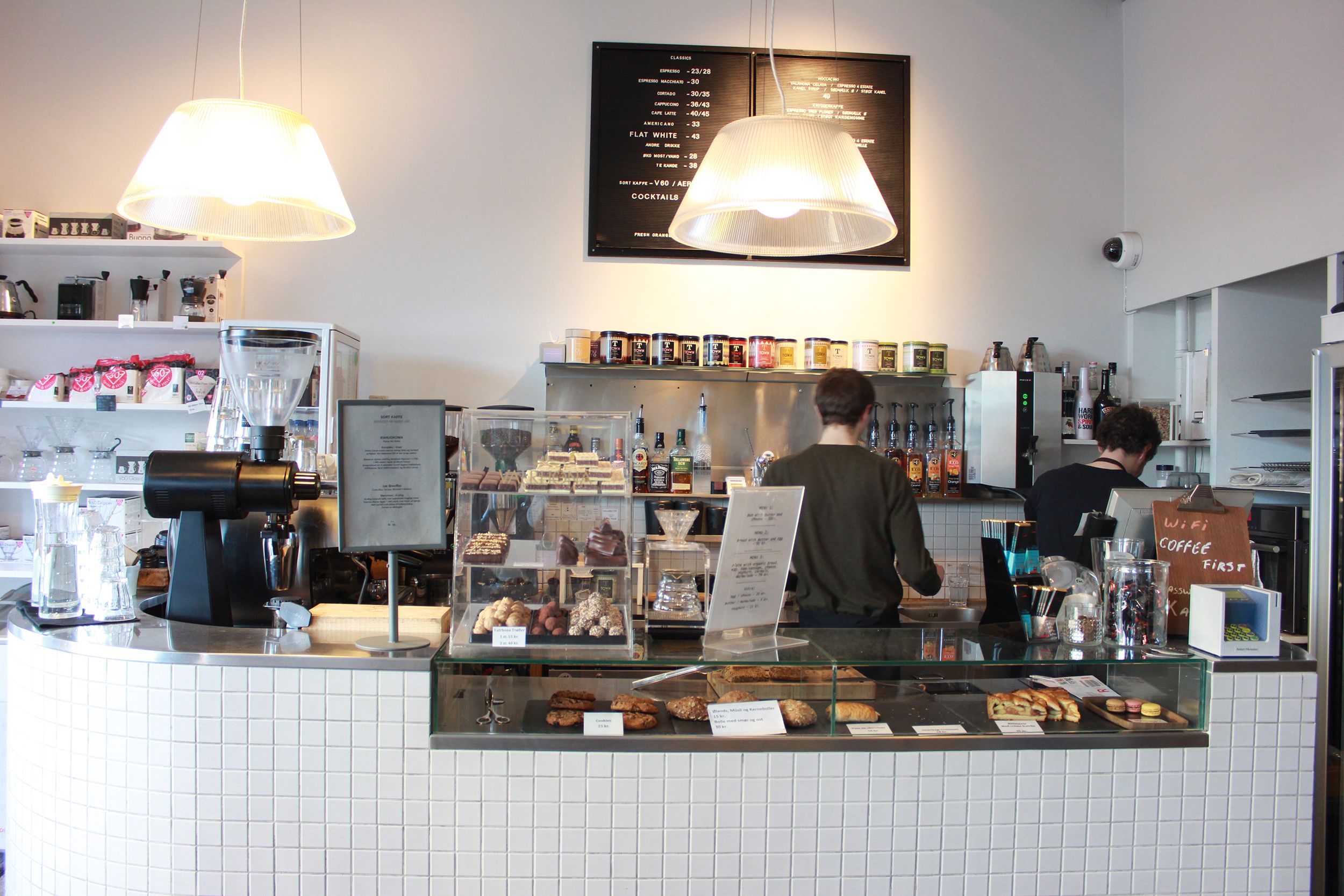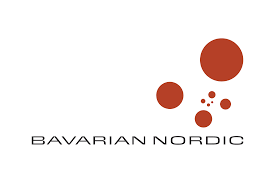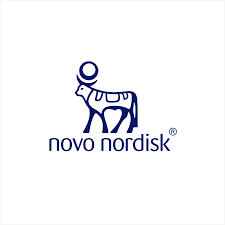Currently on display at the Museum of Copenhagen is a stunning, somewhat hectic photo exhibition of 1,300 shots of individuals who work in public kitchens and the food they serve.
If, unassumingly, you stumbled upon the exhibition, its focus on cooks, and the food they’ve prepared, would be obvious. And for some, that will be enough: the portraits succeed in capturing and bringing to light a human element in each of photographer Brian Berg’s subjects. The photographed plates entice the palate and, paired with the portrait of the chef responsible for its preparation, further imbue the exhibition with a dormant, quiet personality.
That personality is at the heart of the exhibition and extends through its periphery, and it’s the personality of an unseen force: Københavns Mad Hus (The Copenhagen House of Food − KMH). Established in 2007 to improve the quality of meals offered by the City of Copenhagen, KMH oversees close to 60,000 meals prepared daily in 900 kitchens throughout the city.
And this exhibition, aptly entitled ‘The people behind the plate’, is a celebration of the staff in those 900 kitchens who are charged with reaching KMH’s most ambitious goal that 75 percent of the ingredients used throughout their kitchens are organic.
The photographs, taken over the span of a year by Danish photojournalist Brian Berg, capture both the chefs and the meals they prepared on the day Berg showed up at the kitchen. And while they evidence the healthy overhaul undertaken by KMH – colourful fruits and vegetables comprise the majority of almost every plate, with small cuts of fish, side salads and, of course, rugbrød filling in the negative space – the better half of each image displays a portrait of the proud chef or chefs.
Pride is apparent in the expressions and attire of many of the photographed chefs, especially in those who happened to be wearing their ‘Eat’ or ‘Kiss my Eat’ t-shirts the day Berg showed up. KMH’s ‘Eat’ programme was introduced on the premise that schools should provide healthy food options for those unable to pack their own lunch, and on Kulturnatten, KMH served food typical of an ‘Eat’-inspired menu “just to show how good it can be”, said Rikke Dahl, a spokesperson for KMH.
To Dahl, the exhibition is an homage and testament to the hard work carried out by kitchen staff in KMH’s 900 kitchens citywide. Although KMH and its 35 employees – including chefs, food specialists, teachers, communicators and ethnologists – were responsible for instituting new policies, training employees and overseeing the project in its entirety, any goals set by KMH could not have been accomplished without its foot soldiers.
“These are the people who made it happen,” says Dahl, looking at the portraits filling the room. “This gives credit to the people on the ground.”
Copenhagen’s mayor Frank Jensen shared Dahl’s sentiment when he attended the exhibition’s opening on October 9, accompanied by many of the photographed chefs who were also invited to attend. The mayor called KMH’s 75 percent organic ingredients accomplishment a “world sensation”, and credited the staff at KMH’s kitchens with bringing Copenhagen a reputation for food that extends way beyond the praise for its Michelin stars.
Certainly the exhibition succeeds in paying tribute to these cooks and the work they do on a daily basis, but it manages to affect on a more personal level.
Here are hundreds of images of intricately prepared meals, using organic ingredients to achieve a healthy result. And the people behind the plates aren’t high-brow chefs or condescending foodies, they’re smiling everyday people just like the rest of us. So if they can prepare a meal that’s organic and healthy, why can’t everybody else?
The people behind the plate
Museum of Copenhagen, Vesterbrogade 59, Cph V; ends Nov 29, open daily 10:00-17:00; tickets 20kr, under-18s: free adm




